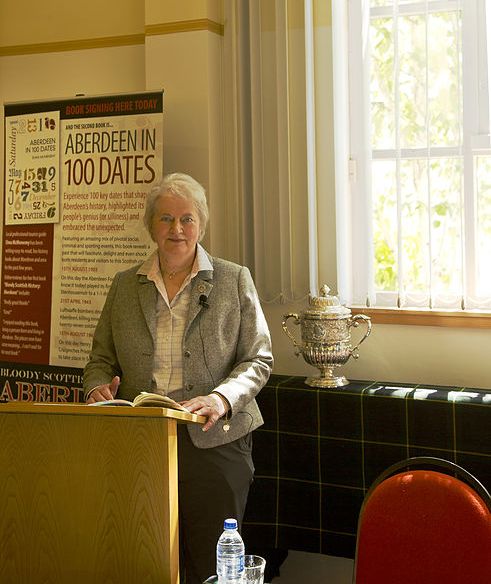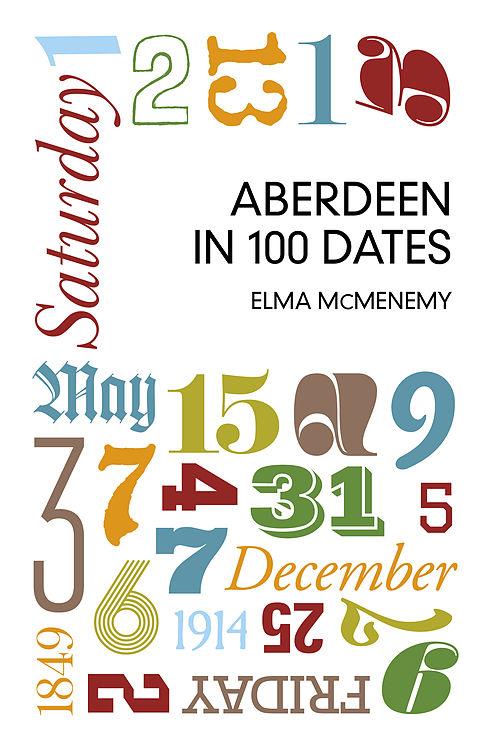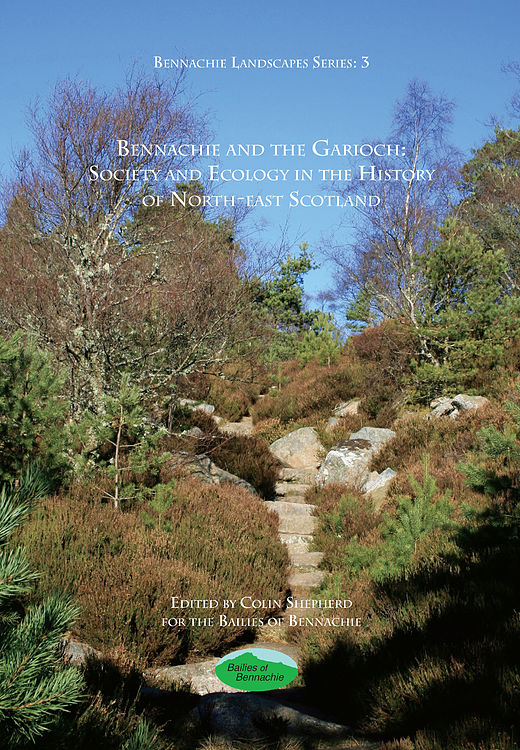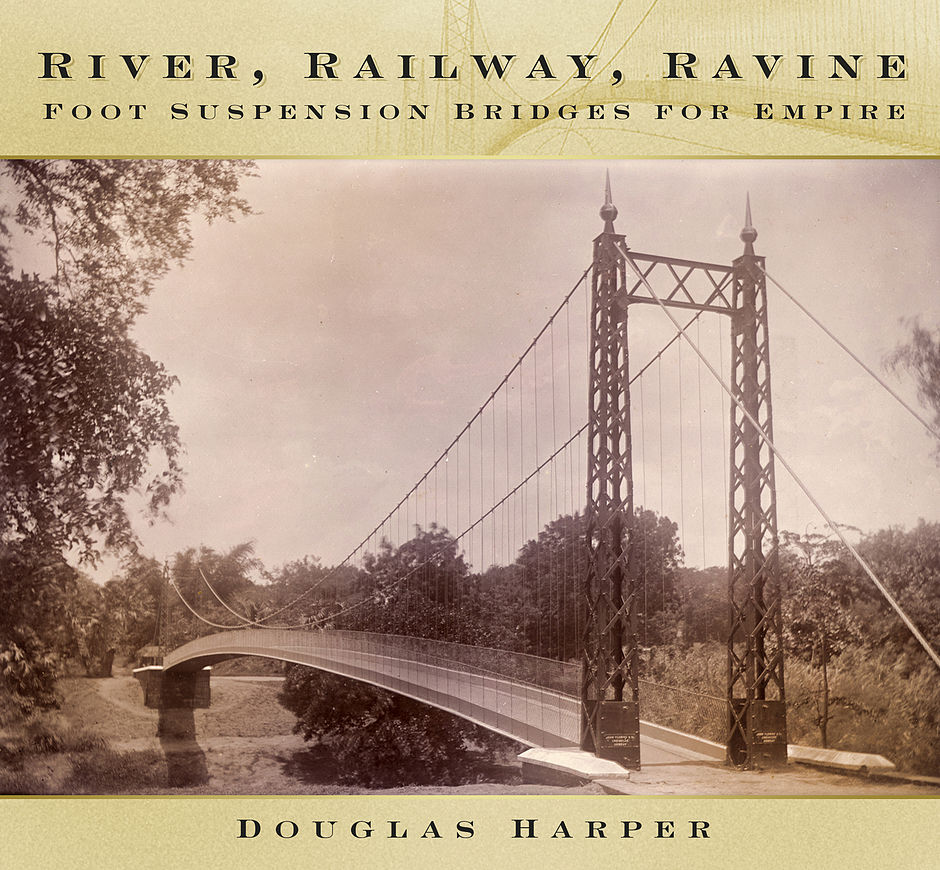With thanks to Stuart Mitchell.

Audio dramas from Dr Who publishers Big Finish are among the many donations received.
The campaign to raise money for Aberdeen’s Phoenix Club has received some very special prizes from some great celebrity supporters.
Comedian Jason Manford has sent a signed DVD. From the world of publishing Lee Child has sent a signed first edition of his latest novel, US bestselling author (and creator of the TV Show Bones) Kathy Reichs is sending a set of books, and award winning Michael Morpugo is sending a signed book.
We are also getting some audio dramas from Dr Who publishers Big Finish.
Direct donations have come from bestselling authors Kim Newman and Paul Cornell.
We have also received something very special from two of Scotland’s best-selling and most critically acclaimed writers, Denise Mina and AL Kennedy. As well as kindly sending signed books, they have each invited suggestions for the name of a character in forthcoming works; Denise Mina in her next book and AL Kennedy in a forthcoming short story (though that might be a couple of years before publication). The only condition is that it is a sensible and realistic name.
Stuart Mitchell from local company SM Marketing, who is running this campaign said:
“These are incredible gifts from some amazing people which should help to get the fundraising total up, these are a very generous and rare prizes, allowing you to see your name in print by your favourite author, we couldn’t ask for better support.
“Anyone who donates £10+ to the campaign, puts their name in when they donate at https://www.justgiving.com/crowdfunding/phoenixclub and then email me at phoenix@sm-marketing.co.uk and tell me which draw you would like to be entered into. I will add you to the draw to name the character after yourself or a loved one.
“If you donate £20 you will be entered into the draw twice and so on. These are very generous and rare prizes, allowing you to see your name, or that of a loved one, in print by your favourite author is very special. It’s great to have these bestselling authors support us in this way. These will bring the campaign to a national audience.
We are still looking from support from local businesses and I know times are tough in Aberdeen but if any businesses can do anything to help please get in touch.”
Best-selling, Costa Award Winning author AL Kennedy says:
“I’m very happy to be giving two signed books to help raise funds for the Phoenix Club. I am also offering the chance for you to have your name used in a short story in a forthcoming collection. My stories are usually miserable… but I do promise not to kill you. Unless you want me to.”
For further information, or if you can help in anyway please go to: https://www.justgiving.com/crowdfunding/phoenixclub to donate or contact
stuart.mitchell@sm-marketing.co.uk for further information on how you can help.
- Comments enabled – see comments box below. Note, all comments will be moderated.
 By Red Fin Hall.
By Red Fin Hall.






